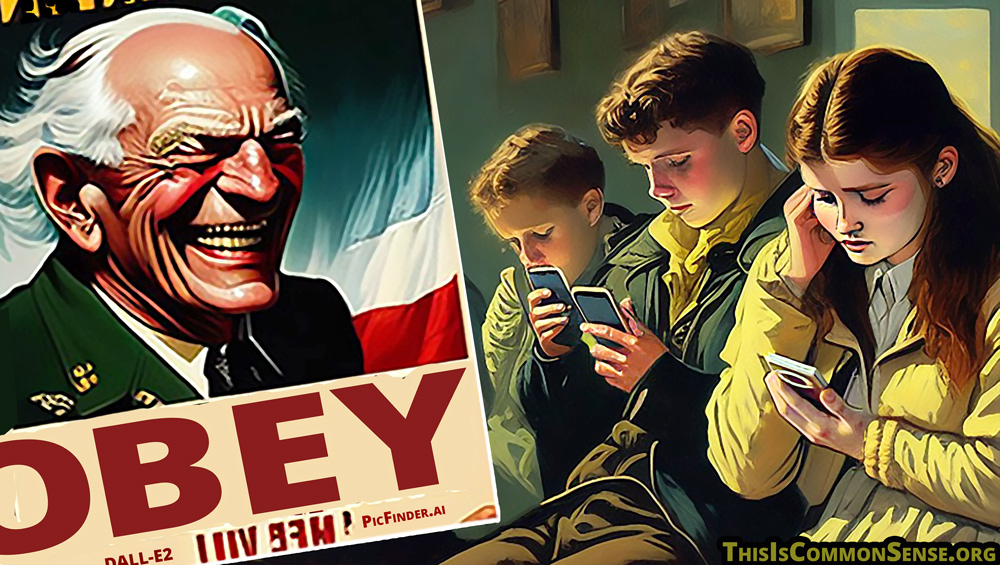Until recently, the most obvious demographic trend has been the “squaring of the curve”: more people were hitting an apparently natural limit in their eighties and nineties, rather than dying off in their forties, fifties, and sixties.
Now, however, longevity stats are showing a new feature. A graph in a fascinating article puts it like this: “Americans die earlier than the English across the income distribution, despite typically earning significantly more,” with the article quickly clarifying the specifics: “America’s mortality problem is driven primarily by deaths among the young.”
The most vulnerable members of traditional society are newborns and the aged. But now it’s those reaching their alleged prime: “one in 25 American five-year-olds today will not make it to their 40th birthday.”
Is it COVID? No. This trend is older than 2020, and remember, in the recent pandemic it was the aged, not the young, who experienced higher rates of morality.
An article by Zach Rausch and Jon Haidt suggests that the problem may loom beyond America, for their work shows that “The Teen Mental Illness Epidemic Is International,” and I don’t think it is at all out of bounds to take higher youth rates of suicidality, desperate recreational drug use, and expressed anxiety and despair — and skyrocketing transgender rates, too — as stressors related to increased death rates.
It is vital to study these things, for their main conclusion is startling and a general sign of deep cultural decay: “Teen mental health plummeted across the Western world in the early 2010s, particularly for girls and particularly in the most individualistic nations.”
We should ask ourselves: could this be related to the rise of a gerontocracy?
A society run by old people for old people may have nasty inter-generational side effects.
This is Common Sense. I’m Paul Jacob.
Illustration created with PicFinder.ai and DALL-E2
—
See all recent commentary
(simplified and organized)
